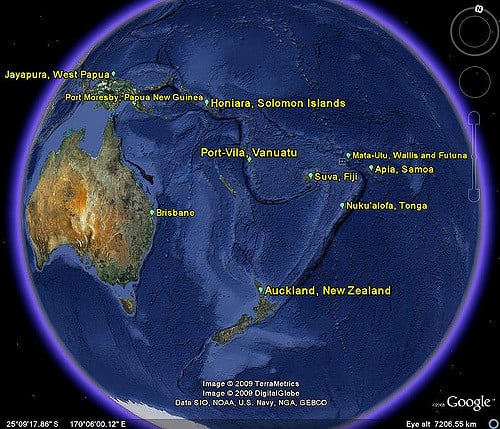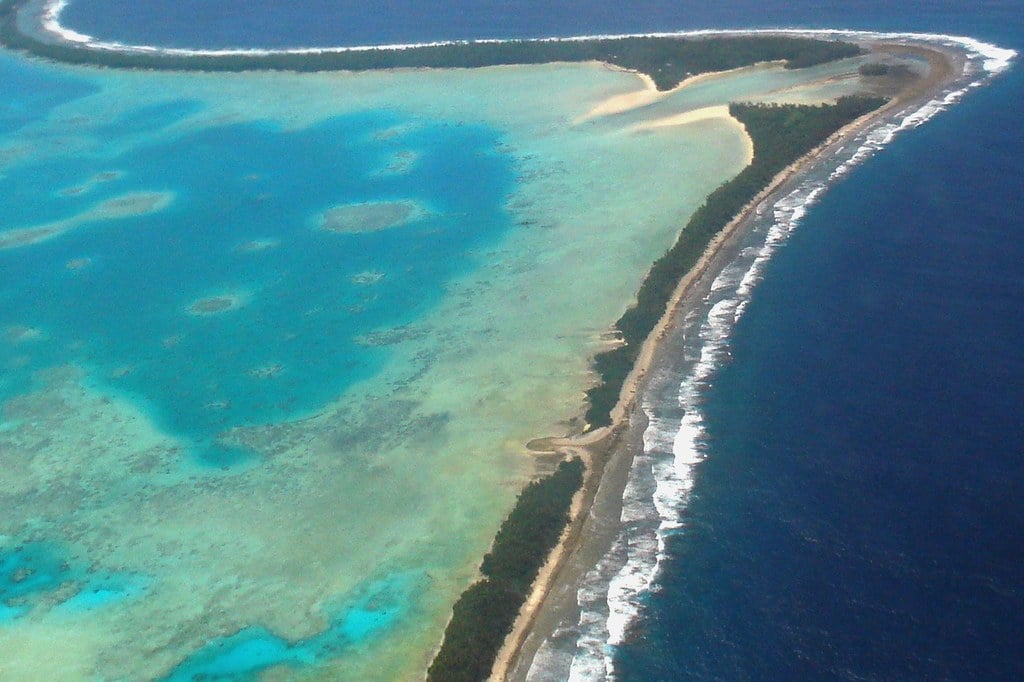A RECENT research has shown the frequency of tropical cyclones (TCs) could increase by up to 40 per cent in the horseshoe-shaped region of Fiji, Vanuatu, Solomon Islands, Marshall Islands and Hawaii.
Fiji-born Australian scientist Savin Chand, in his research — El Nino-driven tropical cyclone climate projections for the Pacific — found that a location that has been impacted by TCs only once every 10 El Nino years might be expected to be impacted once in every seven El Nino years in the future.
El Nino is a temporary change in the climate of the Pacific Ocean where typically, the ocean surface warms up by a few degrees Celsius.
The Fiji Meteorological Service (FMS) stated the latest El Nino cycle ended in May last year.
“The El Nino-Southern Oscillation (ENSO) is a climate cycle in the Pacific with a period of about three to five years that has a global impact on weather patterns,” Mr Chand said.
“In the future, Pacific Island nations located in the horseshoe region could take note of El Nino predictions and be aware that the TC threat is elevated so they should prepare accordingly. This is the first study that has been able to look at future changes in TCs with ENSO because of important improvements in climate change modelling throughout the world.”
Mr Chand said the research results indicated that a future warmer climate suggests an increase in the tropical cyclone activity in the Western and Central Pacific area.
“Many of these countries are already developing long-term disaster risk management strategies and implementing policies towards better infrastructure development, which is good,” he said.
He said improvements in climate change models and computer power could result in more definitive answers in future research on the issue.
According to the Fiji Meteorological Service, Fiji is expected to experience up to three TCs during the cyclone season from November 2016 to April 2017, with one cyclone anticipated to reach Category 3 or above.
FMS says the predictions were based on statistical and scientific evidence and not actual forecasts.




